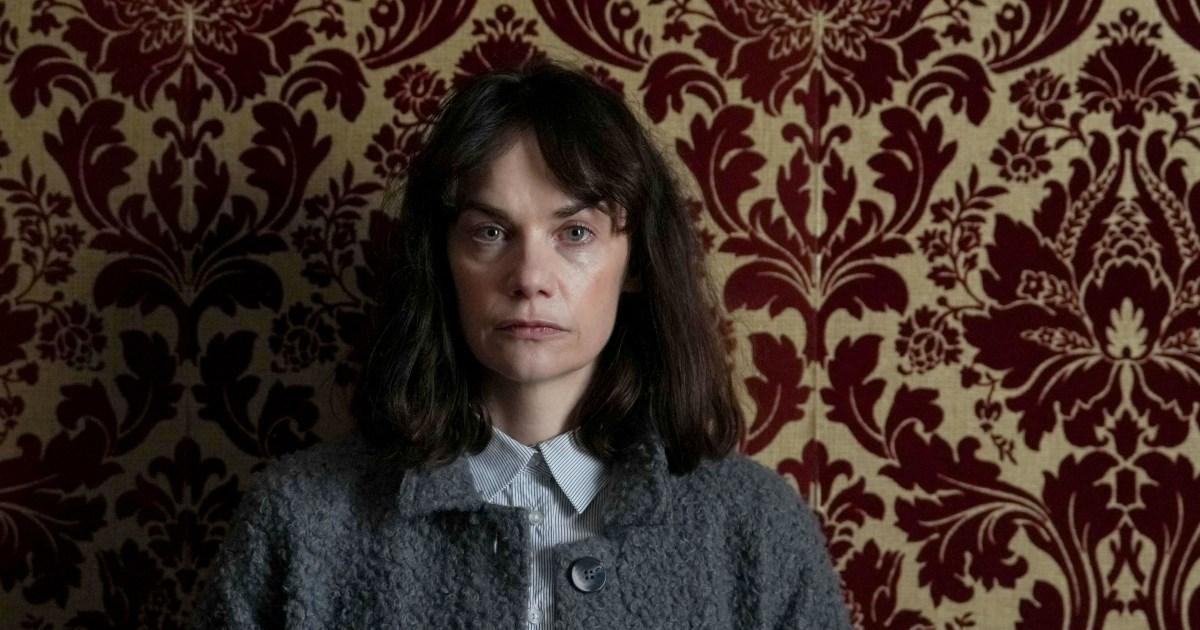The release of The Woman in the Wall on the BBC, starring Ruth Wilson and Daryl McCormack, has prompted renewed interest and outrage in the Magdalene Laundries.
For decades, many women and girls in Ireland were subjected to confinement in the institutions and made to work long hours of manual labour, for reasons including being deemed ‘promiscuous’ by society or being unmarried mothers.
While the laundries were prevalent in Ireland, they did also exist in other countries including England, America, Sweden and Australia.
In 2014, horror ensued when it was claimed that a mass grave of around 800 babies had been found, with it being alleged that bodies had been discovered in an old septic tank in County Galway, Ireland after dying in the care of nuns.
However, it later emerged that the headlines at the time didn’t convey the full picture of what really happened and was found on the site.
That same year, the Associated Press outlined corrections that it made after publishing an initial report, explaining that a historian named Catherine Corless had been researching children who had died at an orphanage in County Galway from 1925 to 1961.
Corless was said to have found 797 death records, with only one pointing towards a child who had been buried alongside their relatives in a Catholic cemetery.
The researcher therefore reportedly suspected that the other youngsters who had died had likely been placed in ‘unmarked graves on the orphanage grounds, including in a disused septic tank’, the publication stated.
In Corless’ research, she found that nearly 80% of the babies who died and were found in the mass grave were younger than one, while the most common causes of death were flu, measles, pneumonia, tuberculosis and whooping cough.
Following the mention of the septic tank, it was claimed that some reports published at the time alleged that all of the babies’ remains had been found in the tank, while it was also suggested that the babies in question had never been baptised, a claim that was later refuted.
Despite the discrepancies in the news reports concerning the discovery of the babies bodies, Corless has been praised for her research in uncovering the mass grave.
She paid using her own money for the children’s death certificates.
In a blog post written by Corless’ daughter Adrienne Corless in 2014, she stressed her mother’s view on whether or not the tank cited in reports had been in use or not.
‘Regarding the sewage tank being in use or not, my mother’s position regarding whether or not the sewage tank was still working in those years is that this is not clear (it may not have been, meaning children registered as having died between 1925 and 1937 may indeed be in that same former sewage area),’ she said.
She continued: ‘If the Irish Times article wished to downplay the widely-reported and unsavoury aspect of the sewage tank, they could have highlighted – simply – that at no stage did my mother’s findings suggest that it was a working sewage tank.
‘As my mother is already quoted in the Connacht Tribune, in one of the first-ever interviews she gave about this sad situation, the entire aspect of the sewage tank “is not nice to think about”.’
In 2017, The Irish Examiner reported that ‘significant quantities’ of child remains had been found at the Tuam site after a test excavation was carried out.
According to the report, two large structures were found, one of which ‘appeared to be “a large sewage containment system or septic tank” that had been decommissioned and filled with rubble and debris and covered with top soil’, the publication stated.
It was reported that in a second long structure that was dividied into 20 chambers, ‘significant quantities of human remains’ were discovered in at least 17 of the chambers, with the dead babies’ ages ranging from 35 foetal weeks to two to three years old.
Children’s Minister Katherine Zappone said at the time: ‘It was not unexpected as there were claims about human remains on the site over the last number of years. Up to now, we had rumours. Now we have confirmation that the remains are there, and that they date back to the time of the mother and baby home, which operated in Tuam from 1925 to 1961.’
Corless also said in a statement: ‘In Tuam, the nuns just walked away and said nothing about a grave. The county council must have known as well. It wasn’t marked, it was just forgotten. It was like these children didn’t exist. This is exactly what people are looking for, just the truth and answers.’
In 2021, the Irish Government published its final report of the Commission of Investigation into Mother and Baby Homes, assessing the treatment of women and children in ‘Mother and Baby Homes’ between the years of 1922 and 1998.
In its summary, the report stated: ‘Ireland was a cold harsh environment for many, probably the majority, of its residents during the earlier half of the period under remit. It was especially cold and harsh for women. All women suffered serious discrimination.
‘Women who gave birth outside marriage were subject to particularly harsh treatment. Responsibility for that harsh treatment rests mainly with the fathers of their children and their own immediate families. It was supported by, contributed to, and condoned by, the institutions of the State and the Churches.
‘However, it must be acknowledged that the institutions under investigation provided a refuge – a harsh refuge in some cases – when the families provided no refuge at all.’
The Woman in the Wall is available to watch on BBC iPlayer and returns tonight at 9pm on BBC One.
Got a story?
If you’ve got a celebrity story, video or pictures get in touch with the Metro.co.uk entertainment team by emailing us [email protected], calling 020 3615 2145 or by visiting our Submit Stuff page – we’d love to hear from you.
Source: Read Full Article




